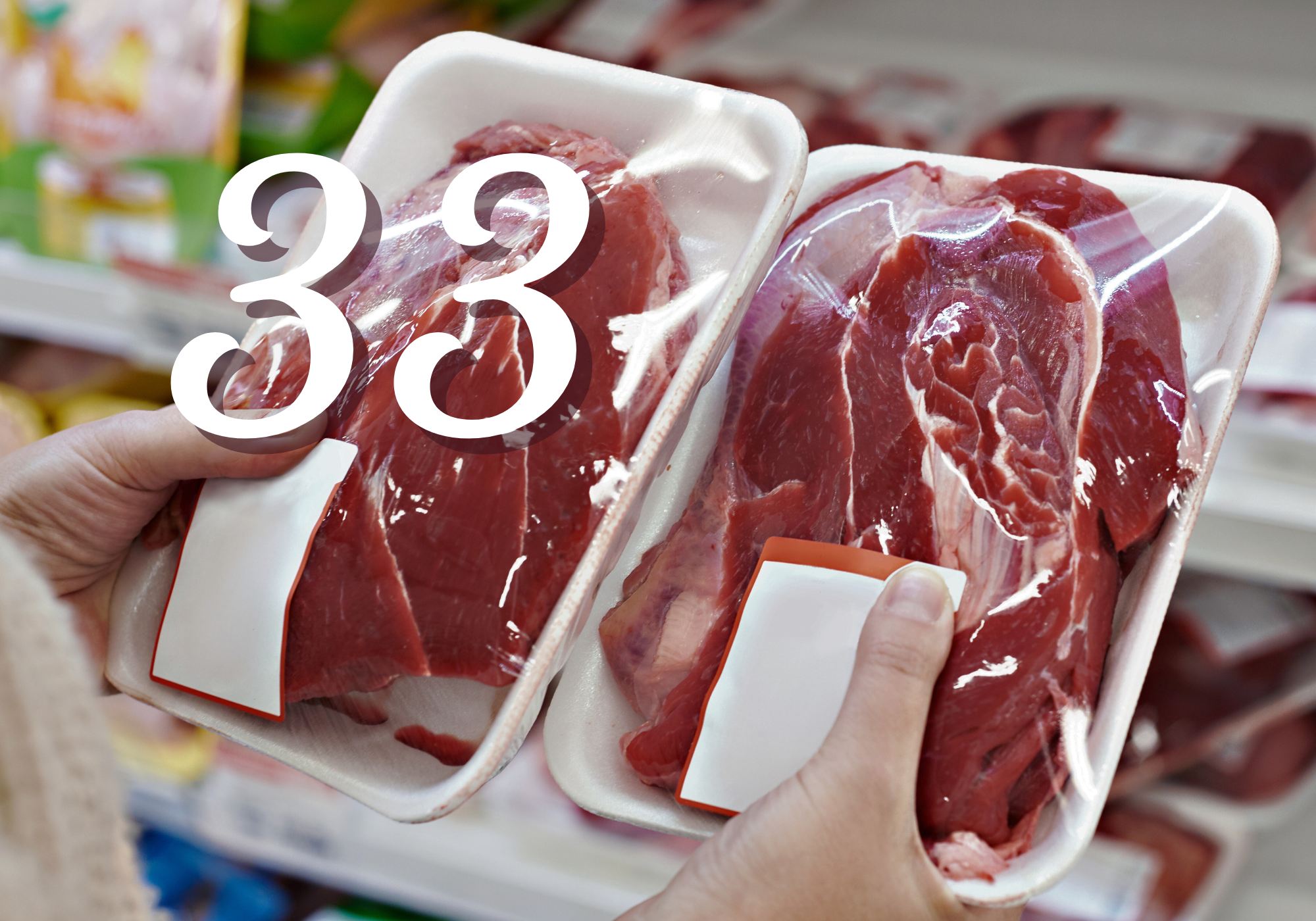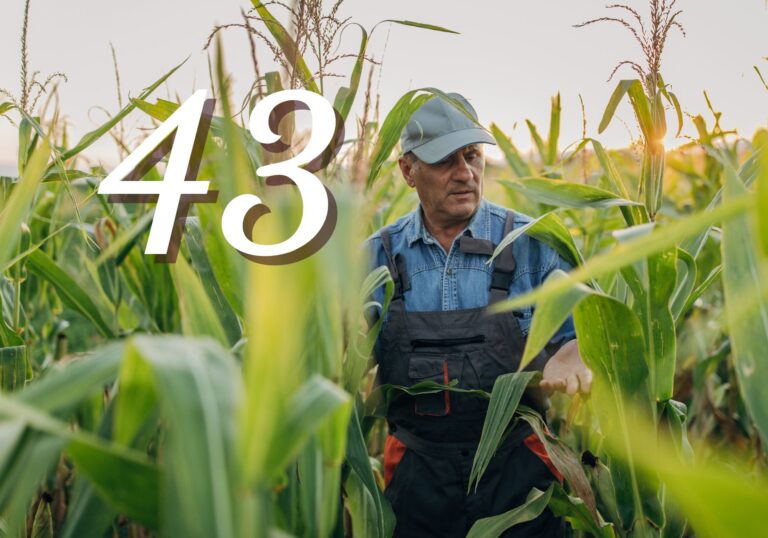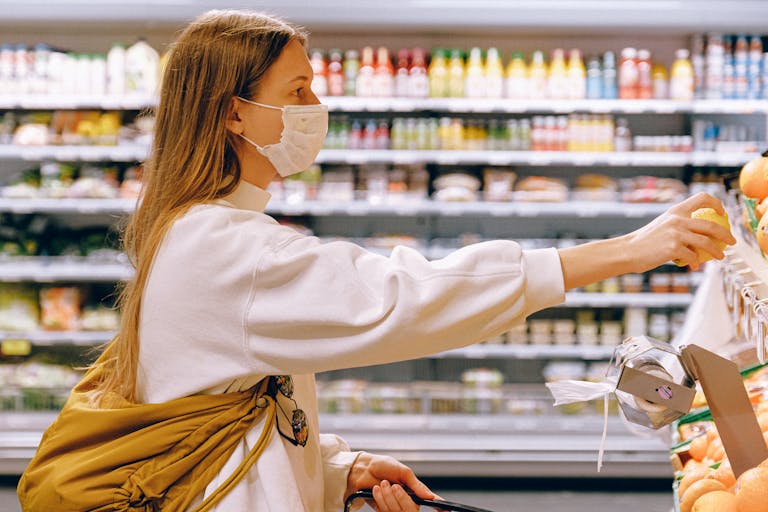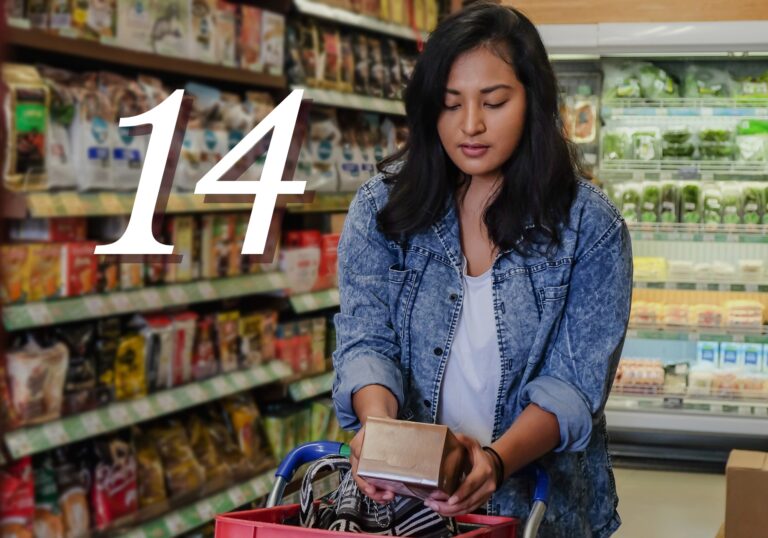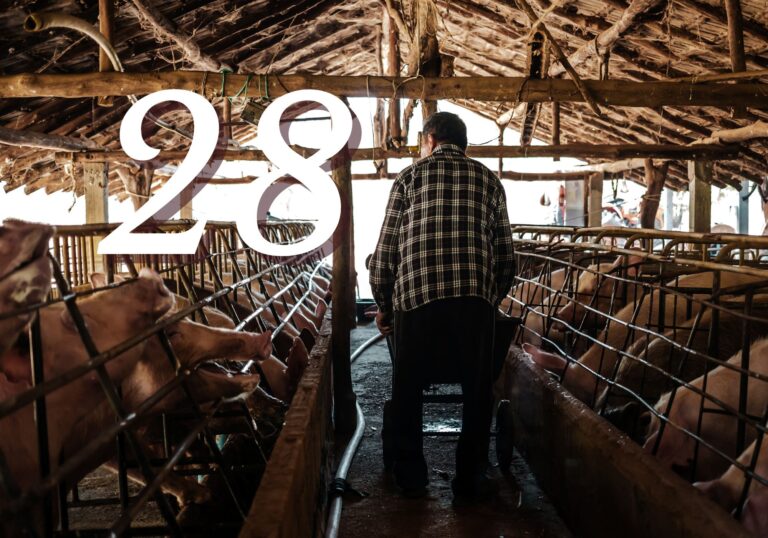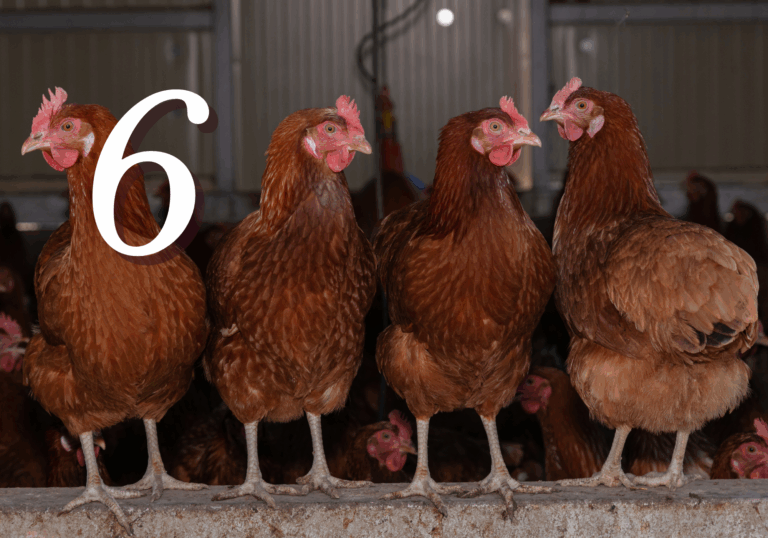Mislabeled Meat
Next year, imported meat (and 26% of ground beef sold in the USA is imported) will have that “Made in USA” label removed, but instead of being labeled with its true country of origin, it simply won’t say where it comes from.
Why does this matter? The U.S. is importing more and more meat. It has been a net importer of beef (importing more than it exported) since 2023. The number of U.S. cattle being raised is now at its lowest point since 1951, indicating that high beef imports will continue for at least several years.
Until this year’s severe beef shortage led to higher prices (with a slowdown of cattle imports being allowed from Mexico due to the New World Screwworm infestation identified there recently) U.S. farmers were being priced out of the market when they went to sell their livestock. They could not compete with the prices paid for cattle raised in Central or South America. They were losing money on each cow they raised. Many ranches went under, and the majority reduced their herds.
Imported beef may have been raised by farmworkers who were being paid $1-2 per hour, compared to American farmworkers who earn $10-20/hr. Who knows what the animals had been fed? Who knows what chemicals were used on the cattle to produce the beef?
The paradoxical Country Of Origin Label (COOL) rule came about as a result of a lawsuit brought against the U.S. by Canadian and Mexican meat exporters under World Trade Organization rules. After the U.S. lost the lawsuit, in 2015 Congress passed a law authorizing the use of “Made in USA” labels for imported beef and pork, so long as the meat was cut, processed or even just wrapped within the U.S.
While the mislabeling of imported meat is scheduled to end in January 2026, what will replace it is voluntary labeling, in which imported meat will simply avoid using a country-of-origin label. U.S.-grown meat might be labeled with a ‘Made in USA’ sticker, or it may not.
This means that most consumers will still not be able to tell where their meat comes from. But there is a simple solution: mandatory labeling with the actual country-of-origin. And a bipartisan bill has been introduced in the Senate (by Senator Thune, the Majority Leader) to require accurate labels on meat.
According to FarmAction:
“Thousands of American shoppers responded to a 2022 poll from the United States Department of Agriculture stating they expect “Product of U.S.A.” labels to mean that the animal was born, raised, and processed in the U.S.— and more than 40% of the shoppers said they look for the U.S.A. label when buying meat. Truthful labels provide grocery shoppers with the information they need to spend their money on foods that align with their values and support their local farmers and ranchers.”
Here is the bill if you would like to read it, the summary, or look at the current sponsors:
https://www.congress.gov/bill/119th-congress/senate-bill/421/text
And here is an action alert from R-Calf USA:
https://www.r-calfusa.com/label-our-beef/
Ask Your Senators to Cosponsor S.421
Consider calling the U.S. Capitol Switchboard at 202-224-3121 and ask for each of your senators by name and urge them to cosponsor the American Beef Labeling Act S.421. They can call Senator Thune or Booker’s office to become a cosponsor. Continue making weekly calls and help generate more calls by asking your friends, relatives, neighbors, and others to make calls until your senators agree to cosponsor S.421, the American Beef Labeling Act.
If your senators are already cosponsors, thank them for their support! S.421 cosponsors include Sens. Thune (R-SD), Booker (D-NJ), Rounds (R-SD), Heinrich (D-NM), Lummis (R-WY), Fetterman (D-PA), Hoeven (R-ND), and Luján (D-NM).
